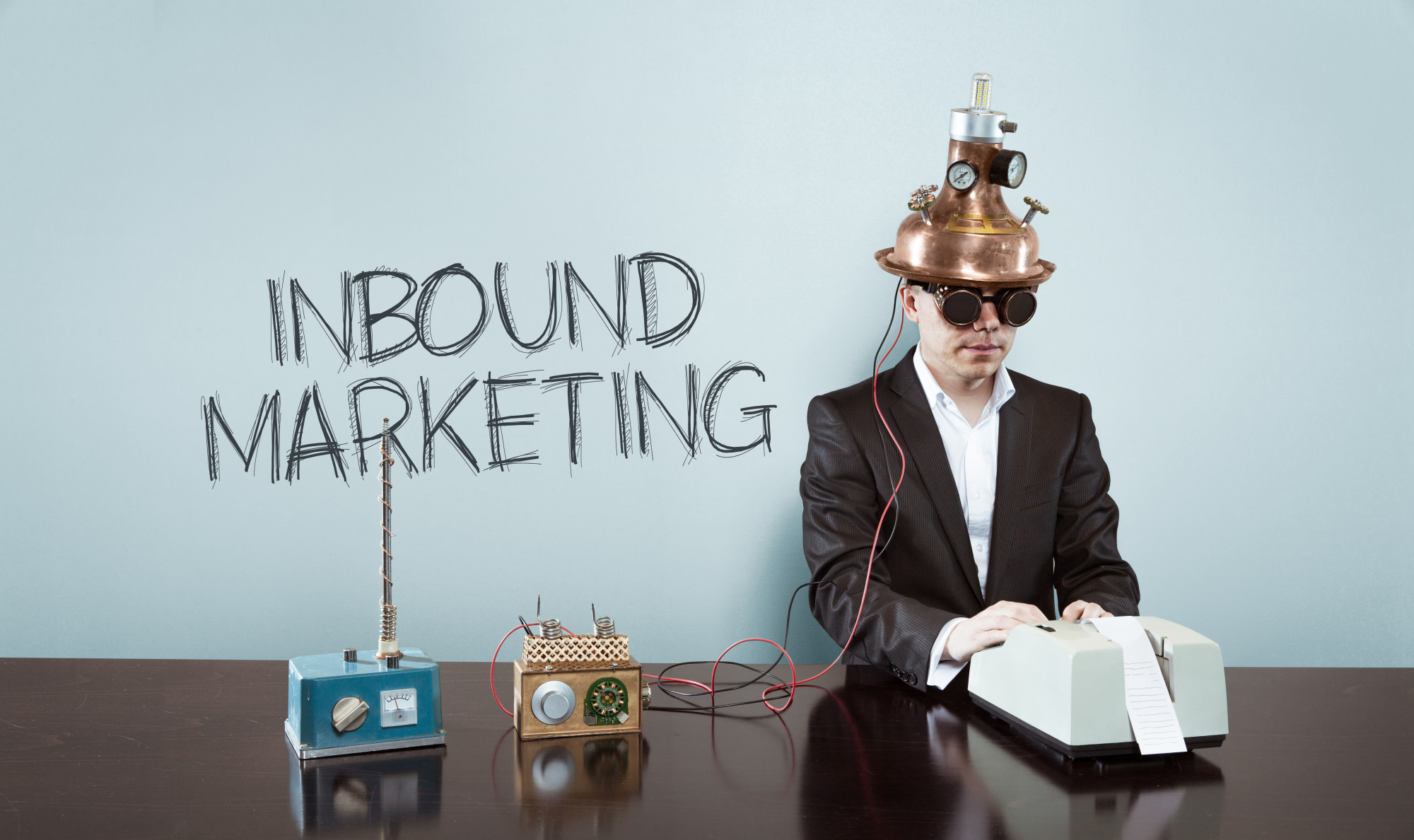More companies are focused on finding cost-effective ways to attract new customers. While many businesses are attached to their go-to traditional marketing strategies, inbound marketing costs 62% less per lead.
Now you might be wondering what exactly inbound marketing means, and how can it help your business grow? Keep reading our inbound marketing strategy guide to find out more!
1- What is Inbound Marketing?
Inbound marketing uses valuable content and customer-focused experiences to attract your customers. Unlike outbound marketing, inbound marketing focuses on tailoring your content to what your audience wants and needs.
Instead of disrupting the buyer’s journey, inbound marketing builds a connection between you and your customer. Then, your content focuses on solving their problems. This shows customers you’re a helpful, dependable resource capable of offering a helping hand.
By offering your customers solutions, you’re more likely to make a lasting impression on them.
It’s not enough to just lead someone to your website. Instead, you need that emotional connection to keep people interested and engaged. Then, you can use marketing, sales, and customer success to retain your customers.
Then What?
Once people visit your website, it’s important to show them your brand’s value. Your sales team can use chat, email, or other tools to start a conversation.
After visitors become customers, your customer success team can delight them to keep people coming back for more.
So how do you make that initial impact?
An inbound marketing strategy involves attracting, engaging, and delighting people to build trust. To build that trust, your business needs to maintain a human connection that keeps people caring about your company and brand.
What’s good for your customers, what problems are they facing, and what solutions can you offer? Once you know how to recognize and address these issues, you can become your customers’ go-to for a solution.
2- What are The Stages of Inbound Marketing?
For an effective inbound marketing strategy, you need to attract new leads, engage them, and delight them into staying around.
Here’s how understanding the methodology can help.
– Attract
You could attract 100 new people to your website every day, but how many are bound to become customers? You don’t want just any website visitor: you want the right ones.
Inbound marketing makes it easier for you to find leads most likely to become paying customers.
To do it, you need to display the right content to the right people at the right time.
A content marketing strategy is an essential piece of the inbound puzzle. According to Forbes, content marketing efforts receive three times as many leads as paid advertising.
This content can include:
- Blog posts
- Social media
- Videos
- Infographics
- eBooks
- Ads
Using search engine optimization (SEO), you can determine what your customers are searching online. Then, you can use keywords to align your content to their search intent.
SEO allows you to display your content on Google or another search engine.
To start, write a blog post or produce a video. Then, share it across your social media networks. This content should show your company’s value by educating customers (not selling).
You can also create pay-per-click ads to increase brand awareness and reach customers.
Throughout the Attract stage, it’s important to analyze these results. Studying conversion rates can present you with new opportunities to improve.
– Nurture
After attracting new leads with your content, get them engaged! Engagement helps you create lasting relationships by building brand loyalty.
In addition to engaging customers on social media, you can also use bots, live chat, messaging apps, and emails. Conversion tools such as call-to-action language or a form will capture their information on your website.
Then, you can use that information to personalize your approach.
Instead of a “one message fits all” technique, personalization allows you to engage prospects on a closer level. Personalization can change their website experience, the ads they see, and the emails they receive.
This allows you to improve their entire journey while showing people you care about their specific needs.
– Convert
Marketing automation allows you to time these interactions at the best possible moment.
Remember, you want to deliver the right message to the right person (potential customers) when they’re interested in making a purchase. Using inbound marketing, you can share content that’s memorable and worth sharing, expanding your target audience.
The smallest effort can make a big difference in delighting your customers.
Your one-time customers might feel so pleased that they suggest your company to family and friends. To delight customers, you should focus on customer support and rewards.
How do you respond when customers have questions or concerns? Making the process easier will show customers you care about their experience.
You can also use incentives to increase your value and encourage repeat purchases.
By delighting your leads, they’re more likely to make a purchase, then come back for more.
3- What are The Benefits of Inbound Marketing?
Now you have a clear idea about what it is, let’s talk about how it can help your business.
Quality branded content helps you stand out from the crowd. You can’t attract prospects if they don’t know who you are first. Inbound marketing allows you to build your audience and raise brand awareness.
The more people interact with your content, the more likely they are to recognize your visual brand. You’re also showing people your value, helping you compete with other businesses.
You’ll also be able to establish more long-term relationships with your customers. Building more personal relationships helps you retain customers longer.
Finally, inbound marketing is a cost-effective strategy.
By establishing an inbound marketing campaign, you can save money, improve your cost-per-acquisition, and boost your ROI.
4- What does Inbound Marketing Mean: A Comprehensive Guide
Now that we’ve answered “inbound marketing meaning”, it’s time to put this strategy to the test! Increase your company’s brand awareness and sales with an inbound strategy today.
Get a free consultation from our team now to improve your company’s inbound marketing strategy!


